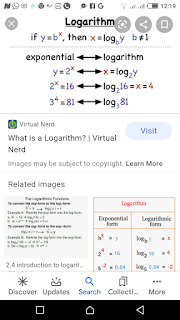 |
 |
Angles are formed in different ways.
Follow me to see the different ways Angles are formed.
- Angle can be formed on a straight line. An angle formed on a straight line is 180°,
- When a vertical line is drawn perpendicularly to a horizontal line, a right angle is formed. A Right Angle is simply angle 90°,
- When a transversal line is drawn across two parallel lines, corresponding and alternate angles are formed. Corresponding angles are equal. Alternate angles are also equal. Parallel lines are lines that can never meet even if you draw them from Earth to Heaven. Corresponding angles are otherwise known as F-Shape angles while alternate angles are Z-Shape angles.
- When two transversal lines cut across themselves, vertically opposite angles are formed and vertically opposite angles are equal.
- Complimentary angles are angles that add up to 90°, e.g 60° + 30°, 45° + 45° etc.
- Supplementary angles are angles that add up to 180°, e.g 100°+80°,20°+160°,90°+90°, etc
- Angles formed at a point, add up to 360°,
- In a triangle, the total sum of angles is 180°.




















